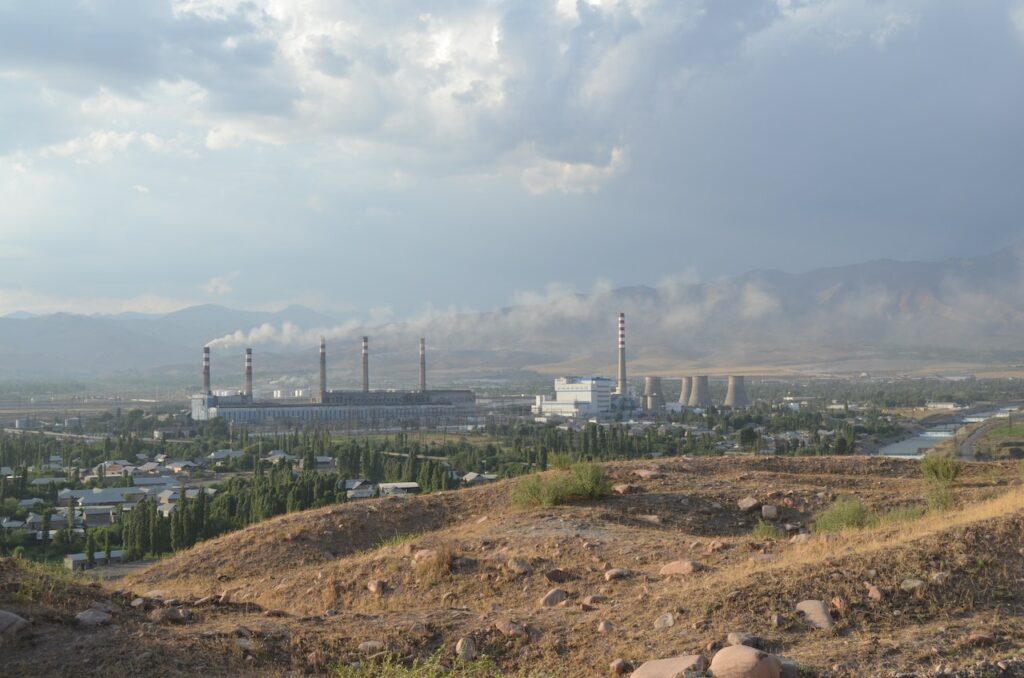Contrary to what one might think, the money deposited in current accounts and savings accounts does not just “sleep”. Indeed, banks, insurance companies, and portfolio management companies finance businesses with your deposits and savings. Some of these companies are responsible and try to minimize their environmental impact; others pay little attention to it and even have a highly polluting activity, like the oil industry. So how do you know if the carbon footprint of your savings is high?
What is the carbon footprint?
Any activity that involves consumption emits a greater or lesser amount of carbon. Calculating this quantity of carbon allows you to better orient your choices to limit the impact of your consumption on the environment.
The carbon footprint: what does it correspond to?
The carbon footprint defines the amount of carbon dioxide (CO2) emissions from an activity, organization or population. It thus serves ultimately to assess the environmental pressure exerted by a population in relation to its standard of living. The carbon footprint is quantified in kilograms of carbon dioxide (CO2).
Many unsuspected sectors pollute. This is the case of finance which, indirectly and through its investment decisions, encourages, for example, the production of fossil fuels, plastics or even polluting vehicles. This is also the case with trading of raw materials which can inflate the price of hydrocarbons and encourage companies in the sector to invest ever more.
The calculation of the carbon footprint
The calculation of the carbon footprint takes into account the direct CO2 emissions of households or businesses (mainly coming from vehicle fuels and fossil fuels consumed for heating) and emissions from the domestic production of goods and services ( excluding exports), as well as emissions from imported production.
Several data are taken into account in the methodology for calculating the carbon footprint, such as:
- the type of accommodation (date of construction, energy consumption of the accommodation, equipment);
- the manufacture of materials;
- food;
- the type of heating used;
- home-work mobility and transport;
- consumption of manufactured goods and leisure;
- Waste Management ;
- etc ...
Why does savings pollute?
According to the international organization Oxfam, a traditional savings portfolio containing 25 euros produces 000 tons of C11 per year, which is as much as a person's carbon footprint in one year. If you save, you are therefore unknowingly contributing to global warming. This information necessarily leads to the question of why savings pollute.
Indeed, while some products are used to finance social housing or infrastructure for local communities, others are used to finance polluting industries. According to a study by the NGO Rainforest, in 2018, major international banks financed coal, oil and gas industries to the tune of 500 billion euros.
Nevertheless, there are disparities between banks, and not all of them use savers' deposits to finance activities that generate greenhouse gases. Some are even engaged in a process of reducing CO2 emissions. In general, banks today devote, on average, 20% of their investments to renewable energies. Responsible investment funds have been set up and to distinguish these responsible investment funds, labels have been created, such as the Greenfin and Finansol labels.
How to reduce the carbon footprint of your savings?
Although green finance is gradually developing, it will still take a long time before the paradigm shifts definitively. But in the meantime, everyone can act on their own scale. To reduce the impact of your savings account on the planet, you have to adopt new habits. Here are some of these new habits:
- for starters, no longer investing directly in polluting industries, whether through stocks or ETFs;
- give priority to funds labeled SRI (Socially Responsible Investment), Finansol or Greenfin and virtuous companies in terms of Corporate Social Responsibility (CSR);
- prefer ethical banks, because they exclude the most polluting sectors from their investments and some even go so far as to finance ecological projects;
- make your savings work intelligently by using part of it for participatory investment in positive impact projects such as ecological projects or energy transition projects;
You can also use your savings to decarbonize your daily life by financing, for example, the purchase of solar panels for your home or by opting for a more ecological thermal system.


